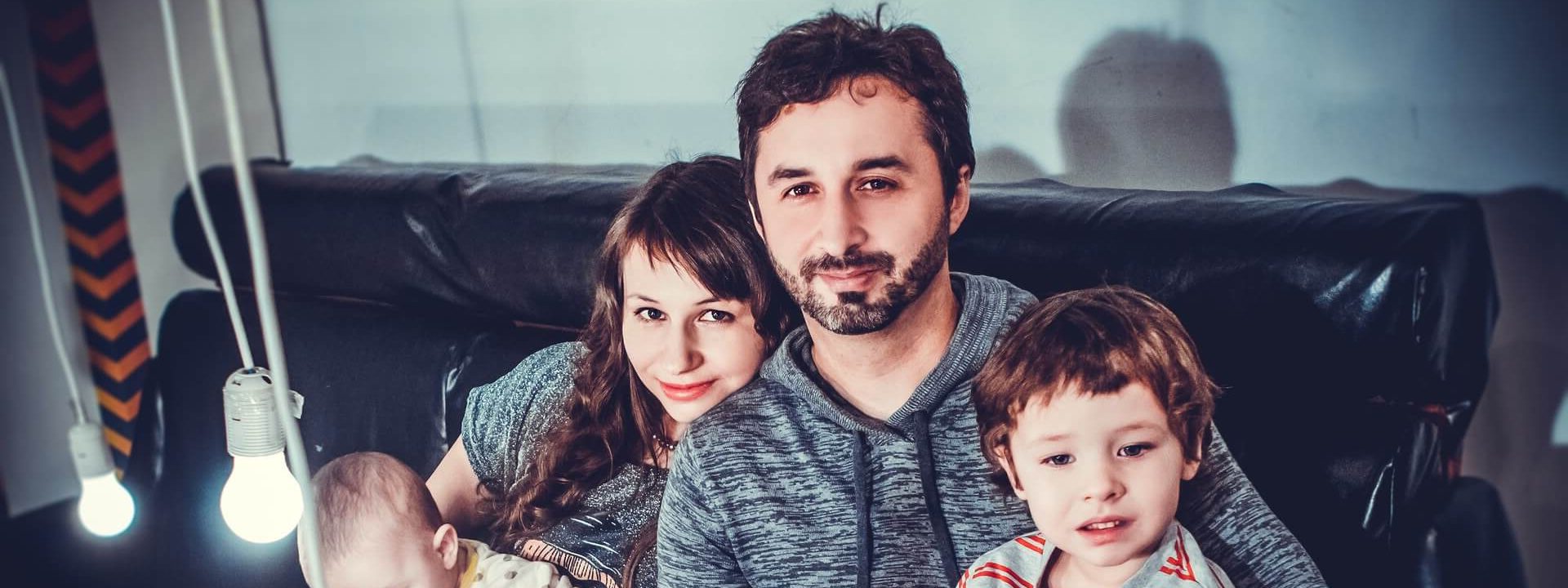
What is Shared Parental Leave and Pay? What is my Shared Parental Leave eligibility? Can I get both if I am giving birth, using surrogacy or adopting? You could claim Shared Parental Leave and Pay in both these situations. Indeed, then, you could be able to take paid time off work, and even receive payments. Your Benefits will walk you through all you need to know about Shared Parental Leave (SPL) and Shared Parental Pay (ShPP).
Am I eligible for Shared Parental Leave and Pay?
Your Shared Parental Leave eligibility and Shared Parental Pay eligibility differ depending on your situation. Indeed, you may be the birth parents of the child, be using surrogacy, or even adopt. Then, your eligibility for this benefit differs from case to case.
You may want to know about your Shared Parental Leave eligibility. Then, this benefit is paid time off work that you can take in order to take care of your child, whether you are adopting, using surrogacy, or are the birth parent(s).
Furthermore, Shared Parental Pay are payments that you can share with your significant other. You may want to know how much you could receive for this benefit (both leave and payments). In this case, you can find this information below. To know how to apply, visit this article:
| Shared Parental Leave and Shared Parental Pay amounts | |
|---|---|
| Name of benefit | Amount or/and duration |
| Shared Parental Leave | Up to 50 weeks |
| Statutory Shared Parental Pay | Either £156.66 or 90% of your average earnings weekly (whichever is lower) for 37 weeks |
Shared Parental Leave and Pay: are birth parents eligible?

Indeed, you may be a birth parent. In this case, to be eligible for Shared Parental Leave and Pay, all of the following need to be true:
- You fulfill both the income and work requirements. Note that, depending on which parent uses payments, these may change;
- From the moment of the birth of the child, both share responsibility of the baby.
Both parents may then want to share the Shared Parental Leave and Pay that they receive. If this is the case, some things must apply to both of them. Indeed, they need to:
- Have worked (as an employee) for the same employer for 26 continuous weeks by the time the end of the 15th week before the predicted birth of the baby;
- Continue to work for the same employer until your Shared Parental Leave begins.
Your employment status needs to be ‘employee‘ in order to qualify for sharing these benefits. If one or both of you are considered a ‘worker‘, you may then be able to share Shared Parental Pay, but not Shared Parental Leave.
Lastly, to be eligible to share your Shared Parental Leave and Pay, you need to earn £123 weekly or more on average. However, you may have received less because you were on paid leave under the Coronavirus Job Retention Scheme (CJRS). Then, you could still qualify.
What if the partner of the mother wants to receive both benefits?
The partner of the mother may receive Shared Parental Leave and Pay. However, for this to be true, some things need to apply to both the mother and their partner. However, these requirements differ somewhat. The mother will need to have:
- Worked for a minimum of 26 weeks, within the 66 weeks prior to the predicted birth of the baby. The 26 weeks to not need to have been consecutive;
- Received £390 in income during 13 weeks within the 66 weeks prior to the predicted birth of the baby. These do not need to be consecutive weeks. The highest paid weeks can be added together.
Then, the partner of the mother has different requirements. Indeed, they need to have:
- Worked for the same employer for 26 continuous weeks by the end of the 15th week prior to the predicted due date of the baby;
- Continue working for their employer until beginning their Shared Parental Leave.
In order to be eligible for this benefit, the partner of the mother must be an ’employee’. Indeed, if their employment status is ‘worker’, they could receive Shared Parental Pay, but not Shared Parental Leave.
Shared Parental Leave and Pay eligibility: what if the mother wants to take the benefits?
The mother may want to be the one benefiting from Shared Parental Leave (SPL) and Shared Parental Pay (ShPP) eligibility. In this case, Both them and their partner needs to have some conditions apply to them. Indeed, the criteria for the partner of the mother are as follows:
- They worked for a minimum of 26 (not necessarily consecutive) weeks within the 66 weeks prior to the due date of the birth;
- During 13 weeks within the 66 weeks prior to the due date for the birth, they received £390 or more in income (the highest paying weeks can be added together, and do not need to be consecutive).
The mother needs to have done the following:
- Worked for the same employer for a minimum of 26 continuous weeks, by the time of the end of the 15th week prior to the predicted date of the birth;
- Continue to work for the same employer until your Shared Parental Leave begins.
In order to be eligible for this benefit, the mother must be an ’employee’. Indeed, if their employment status is ‘worker’, they could receive Shared Parental Pay, but not Shared Parental Leave. Additionally, to be eligible for Shared Parental Pay, the mother must get £123 weekly on average or more in income.
Shared Parental Leave and Pay: are adopters and surrogate parents eligible?

If you adopt a child or give birth through surrogacy, you could be eligible for Shared Parental Leave (SPL) or Shared Parental Pay (ShPP). Then, the both parent’s need be reponsible for the child starting from the following:
- For parents adopting or fostering a child: the date on which the child is placed under your care;
- For parents using surrogacy: the birth or due date of the child.
Furthermore, both parents must earn and work for a minimum amount of time during a certain period in order to be eligible. However, the criteria differs depending on if the parents are adopting or using surrogacy.
What if both parents want to take Shared Parental Leave and Pay?
If both parents want to take Shared Parental Leave and Pay, some things need to be true for both of them. Indeed, to qualify, they must work for the same employer until they begin their Shared Parental Leave (SPL). Furthermore, they need to have worked for them for 26 (continuous) weeks, until:
- If you are giving birth through surrogacy: the 15th week prior to the predicted birth date (more precisely, the end of that week);
- If you are adopting: the week that both your partner and yourself are matched with a child (more precisely, the end of that week);
In order to be eligible for this benefit, both parents need to be considered ’employees’. Indeed, if their employment status is ‘worker’, they could receive Shared Parental Pay, but not Shared Parental Leave.
Lastly, there is an earnings requirement to qualify for Shared Parental Pay. Indeed, both parents need to earn £123 weekly or more on average. However, you may have received less because you were on paid leave under the Coronavirus Job Retention Scheme (CJRS). Then, you could still qualify.
What if only one parent wants to benefit from ShPP and SPL?
Only one parent may want to benefit from Shared Parental Leave and Pay. However, both parents will need to have certain conditions apply to them. However, these requirements differ for each parent. The parent benefiting from these benefits needs to continue working for their employer until their Shared Parental Leave begins. Furthermore, they need to have worked for said employer for a minimum of 26 weeks, by the following date:
- For parents giving birth through surrogacy: the 15th week prior to the predicted birth date (more precisely, the end of that week);
- For parents who are adopting: the week that both your partner and yourself are matched with a child (more precisely, the end of that week).
In order to qualify for this benefit, both parents need to work and be considered ’employees’. Indeed, if their employment status is ‘worker’, they could receive Shared Parental Pay, but may not be able to receive Shared Parental Leave.
Some things need to be true for the other parent as well. More specifically, the following:
- Worked for a minimum of 26 (not necessarily consecutive) weeks, within the 66 weeks prior to the week in which the child is placed in their care;
- During 13 (not necessarily consecutive) weeks within the 66 weeks prior to the date in which the child is born or placed with them they received £390 or more in income (the highest paying weeks can be added together).
The other parent may have earned less money at that time because they were not working but receiving money. If this is the case, and this was doen in the context of the Coronavirus Job Retention Scheme, their Shared Parental Leave and Pay eligibility may still hold.


